India, with its vast and varied landscapes, is home to some of the world’s most extraordinary natural wonders. In this article, we will explore all the 7 UNESCO World Heritage National Parks of India, each a testament to the country’s rich biodiversity and cultural heritage. These parks are celebrated not only for their stunning beauty but also for their role in preserving endangered species and unique ecosystems.
From the lush floodplains of Kaziranga to the sacred peaks of Khangchendzonga, each park offers a distinct experience, ranging from exhilarating safaris to serene treks. These protected areas are crucial in maintaining the balance of our natural world while providing invaluable opportunities for wildlife observation and conservation.
Join us as we journey through these remarkable national parks, uncovering their natural splendor and understanding their significance in the global heritage landscape.
Kaziranga National Park (Assam)
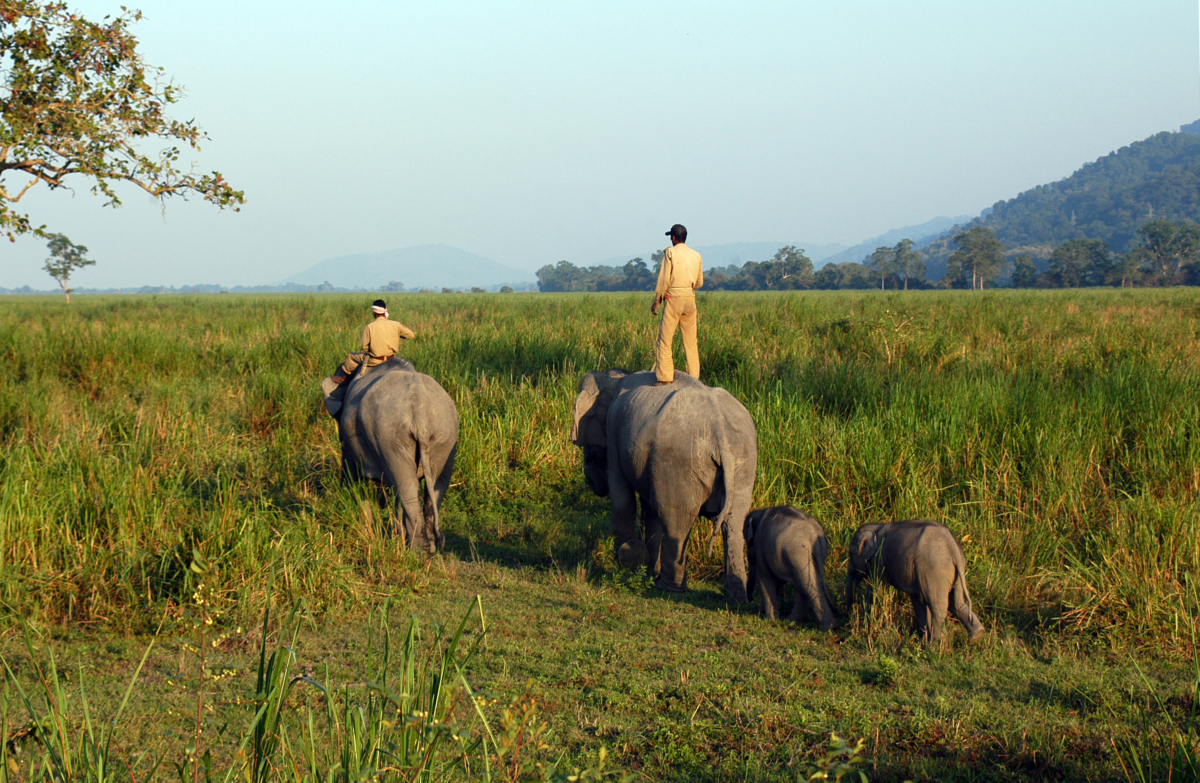
A celebrated UNESCO World Heritage Site in India, Kaziranga National Park is famous for its diverse wildlife, particularly the one-horned rhinoceros. The park’s sprawling grasslands, marshlands, and dense forests offer a sanctuary to elephants, Bengal tigers, and exotic bird species. Wildlife enthusiasts can explore the park’s rich biodiversity through thrilling jeep safaris and unique elephant rides. This wilderness paradise is a magnet for nature lovers, birdwatchers, and adventure seekers looking for an authentic safari experience.
Entry Points and Last Motorable Points:
Entry: Kohora (Central Range), Bagori (Western Range), Agaratoli (Eastern Range), Burapahar (Ghorakati Range)
Last Motorable Points: Kohora and Agaratoli gates have the deepest vehicle access points.
Hiking and Trekking Trails:
Kaziranga is mainly a jeep and elephant safari park; trekking is not permitted.
Safari Options with Price:
-
- Jeep Safari: ₹3,000 – ₹4,500 per jeep (6-seater) for a 2-3 hour safari
- Elephant Safari: ₹1,200 – ₹1,800 per person (1-hour safari)
Nearest Accommodation:
Kaziranga has a range of accommodations from luxury resorts to budget lodges. Notable options include:
-
- Iora – The Retreat (4-star)
- Borgos Resort (5-star)
- Government-run Forest Rest Houses
2. Manas National Park (Assam)
Recognized as a UNESCO World Heritage Natural Site in India, Manas National Park is a biodiverse haven known for its Bengal tigers, pygmy hogs, and golden langurs. Set against the backdrop of the Eastern Himalayas, the park’s lush grasslands, dense forests, and sparkling rivers offer an ideal setting for both wildlife safaris and serene nature walks. Manas also features river rafting and birdwatching trails, making it a multifaceted destination for ecotourism, adventure sports, and cultural exploration.
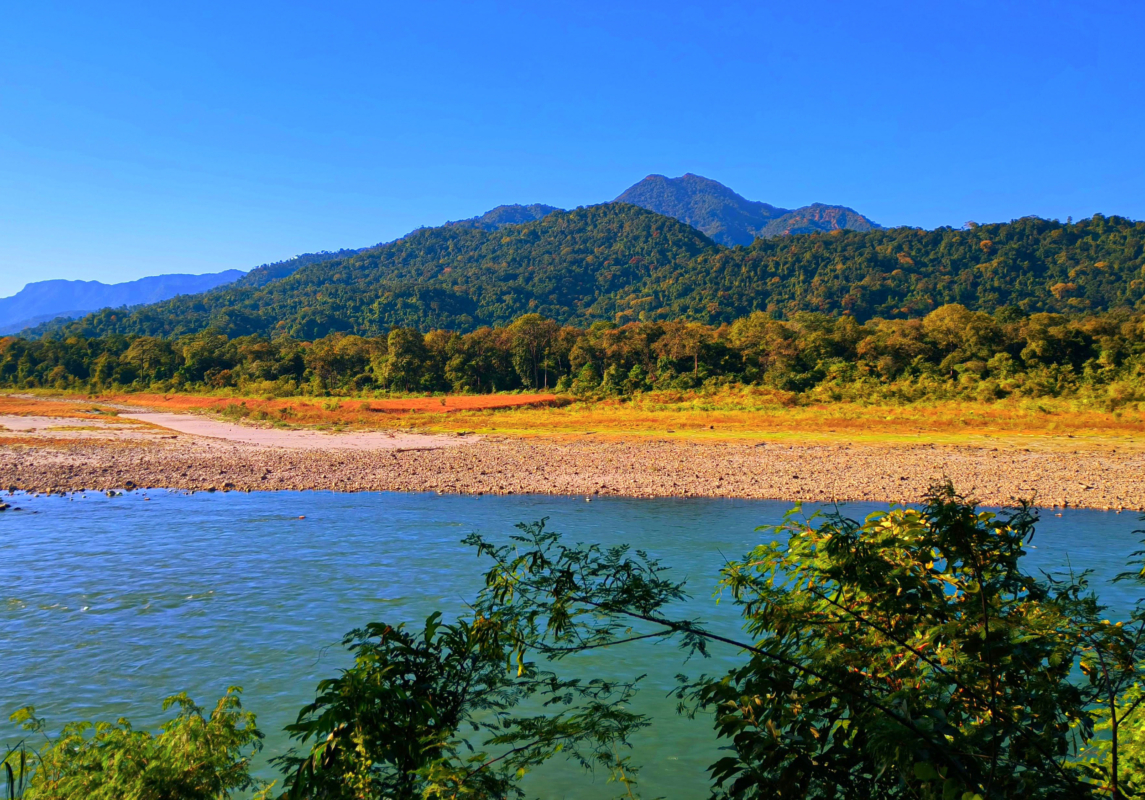
Entry Points and Last Motorable Points:
Entry: Bansbari Range is the main entry point near Barpeta Road.
Last Motorable Point: Mathanguri inside the core zone by the Manas River.
Hiking and Trekking Trails:
Trekking is limited, but there are nature walks and birdwatching trails near Mathanguri.
Safari Options with Price:
Jeep Safari: ₹3,000 – ₹4,000 per jeep
Elephant Safari: ₹1,200 per person
River Rafting (seasonal): ₹1,500 per person
Nearest Accommodation:
Florican Cottages, Musa Jungle Retreat, Government-run Bansbari Lodge near the entry gate
3. Keoladeo National Park (Rajasthan)
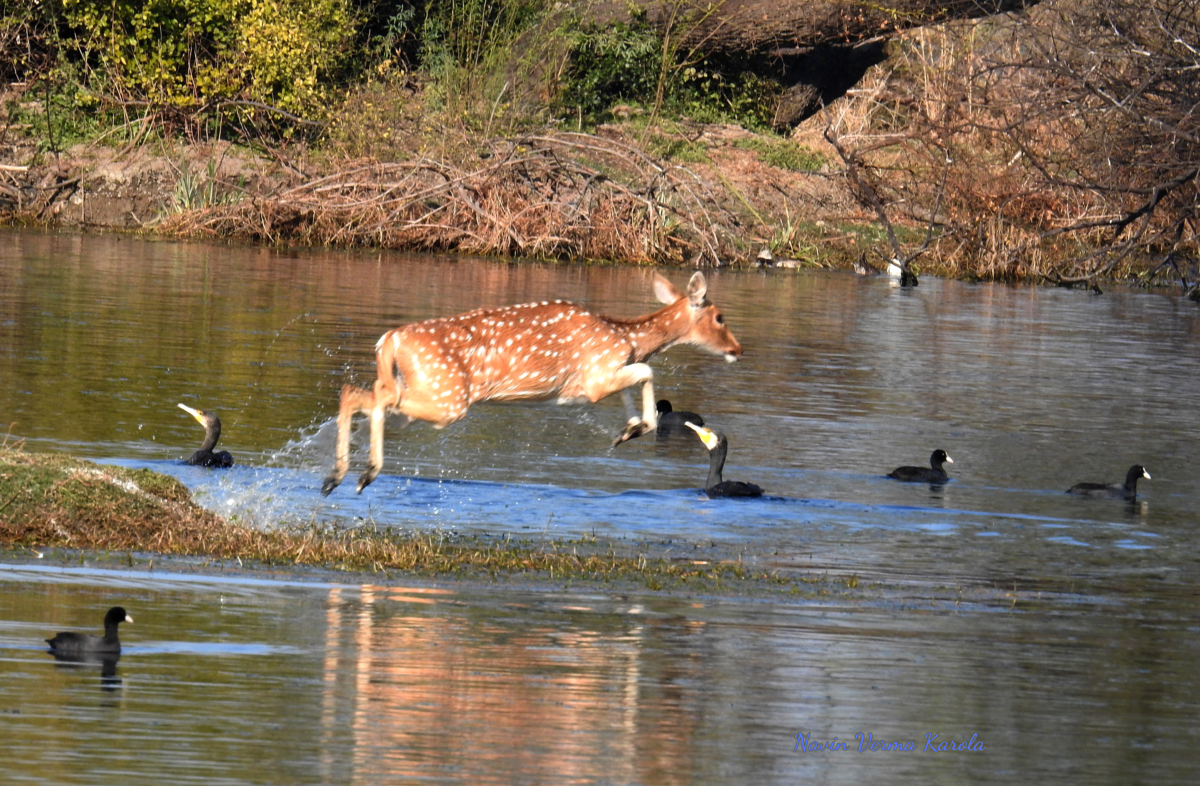
A prominent UNESCO World Heritage Bird Sanctuary in India, Keoladeo National Park, formerly Bharatpur Bird Sanctuary, is a premier destination for birdwatching enthusiasts. The park’s mosaic of wetlands, woodlands, and grasslands hosts an array of migratory birds, including the rare Siberian crane. Visitors can traverse the park on foot, by cycle, or with guided rickshaw rides to spot over 370 bird species. This park is also rich in historical significance, once being a royal hunting ground, making it a blend of natural beauty and cultural heritage.
Entry Points and Last Motorable Points:
Entry: Bharatpur Bird Sanctuary Gate
Last Motorable Point: Inside the park is accessible only by foot, cycle, or rickshaw.
Hiking and Trekking Trails:
The park has designated walking and cycling trails for birdwatching.
Safari Options with Price:
Rickshaw Ride: ₹150 – ₹300 per hour
Bicycle Rental: ₹50 per hour
Bird Guides: ₹500 – ₹1,000 for a guided tour
Nearest Accommodation:
The Birder’s Inn
Laxmi Vilas Palace Hotel
Bharatpur Forest Lodge (government-run)
4. Sundarbans National Park (West Bengal)
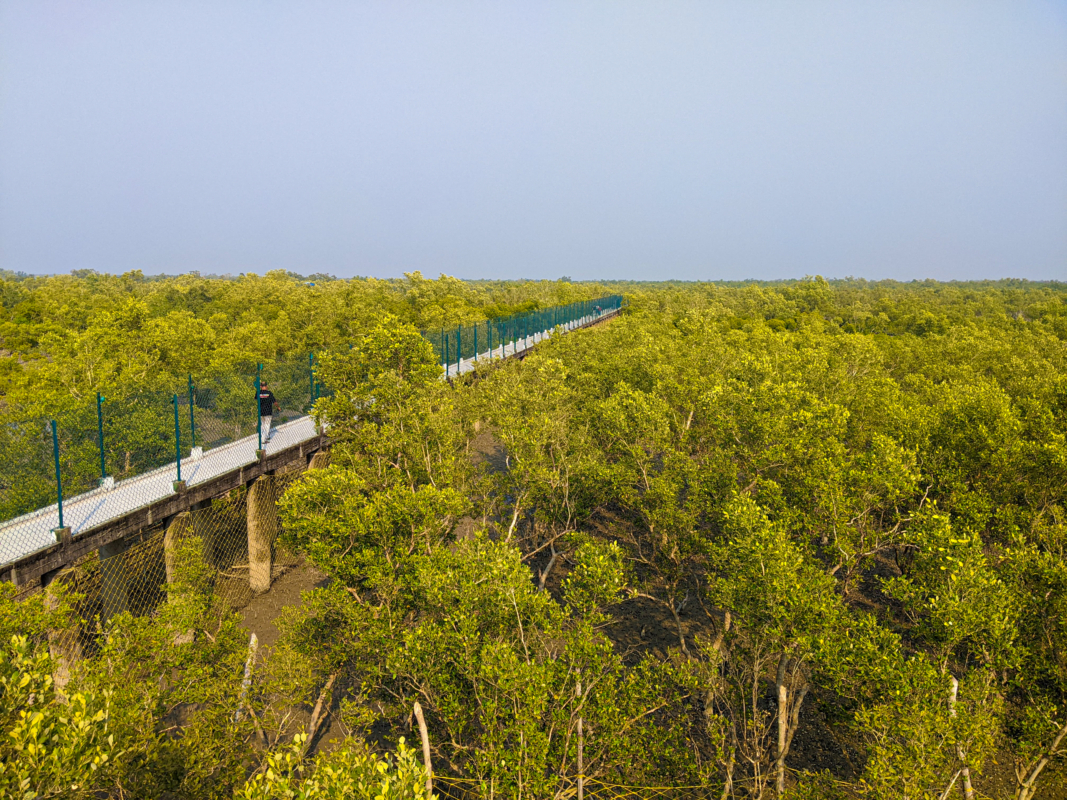
As a UNESCO World Heritage Mangrove Forest in India, Sundarbans National Park offers a thrilling escape into the wild. Known for its dense mangroves, this park is home to the legendary Royal Bengal tiger and a diverse array of wildlife, including saltwater crocodiles and rare bird species. Boat safaris are the prime attraction here, allowing tourists to navigate the intricate network of creeks and rivers. Sundarbans’ unique mangrove ecosystem, coupled with its enigmatic wildlife, makes it a magnet for nature photographers and adventure lovers.
Entry Points and Last Motorable Points:
Entry: Godkhali (for most boat rides to the park)
Last Motorable Point: Godkhali Jetty (boats are used beyond this point)
Hiking and Trekking Trails:
Trekking is not allowed due to the presence of Bengal tigers. Only boat safaris are available.
Safari Options with Price:
Boat Safari: ₹4,000 – ₹8,000 for a full-day trip by a chartered launch.
Multi-day boat tours are also available with overnight stays on the boat, costing around ₹10,000 per person.
Nearest Accommodation:
Sundarban Tiger Camp
Sundarban Riverside Resort
Government Guest Houses (in Sajnekhali)
5. Nanda Devi and Valley of Flowers National Parks (Uttarakhand)

These twin UNESCO World Heritage Mountain Parks in India are a visual delight for trekkers and nature lovers. Nanda Devi’s majestic peaks stand tall over pristine wilderness areas, while the Valley of Flowers blooms with vibrant alpine flora each monsoon. The parks are renowned for their scenic trekking routes, breathtaking views of towering peaks, and diverse high-altitude ecosystems. Adventure enthusiasts flock here for the rugged mountain trails, while botanists and photographers revel in the natural beauty and rare floral species.
Entry Points and Last Motorable Points:
Entry: Joshimath to Govindghat (starting point for Valley of Flowers trek)
Last Motorable Point: Govindghat (you trek from here to Ghangaria)
Hiking and Trekking Trails:
Valley of Flowers Trek: Moderate difficulty, 4-6 days
Nanda Devi Trek: Restricted; special permits required for core zone
Safari Options with Price:
Trekking is the only option; no safari is available.
Nearest Accommodation:
Basic lodges and guesthouses in Ghangaria
Hotels in Joshimath (starting point)
6. Great Himalayan National Park (Himachal Pradesh)
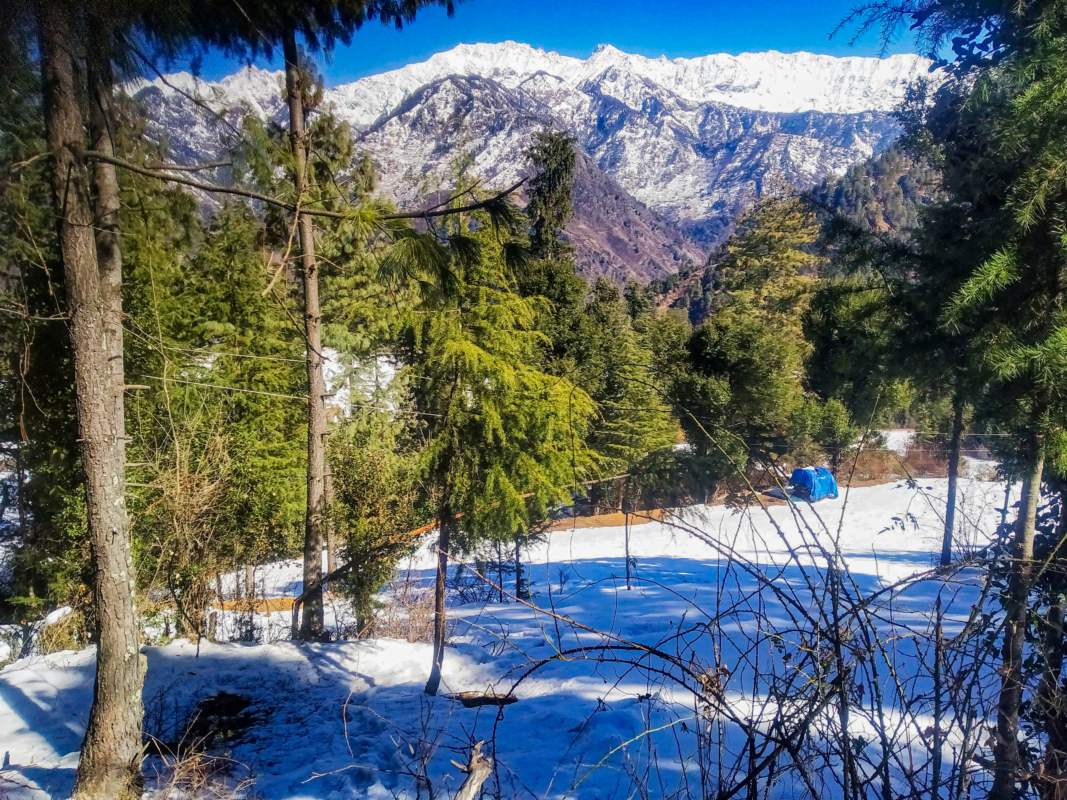
Nestled in the Western Himalayas, this UNESCO World Heritage National Park in India is a sanctuary for wildlife and adventure tourism. The park’s rugged landscapes, alpine meadows, and deep river valleys provide a natural habitat for species like the snow leopard and Himalayan monal. Trekkers can embark on a journey through the park’s picturesque trails, offering panoramic views and rich biodiversity. Great Himalayan National Park is an ideal destination for nature enthusiasts seeking a mix of thrilling treks, wildlife spotting, and tranquil natural surroundings.
Entry Points and Last Motorable Points:
- Entry: Sai Ropa (near Kullu)
- Last Motorable Point: Gushaini and Ropa Village (trekking begins here)
Hiking and Trekking Trails:
-
- Tirthan Valley Trek
- Sainj Valley Trek
- Raktisar Trek (challenging multi-day trek)
Safari Options with Price:
Only trekking is permitted; no vehicle safaris are available.
Nearest Accommodation:
-
- Homestays in Tirthan Valley
- Forest Rest Houses in Sai Ropa
- Eco-friendly guesthouses near Gushaini
7. Khangchendzonga National Park
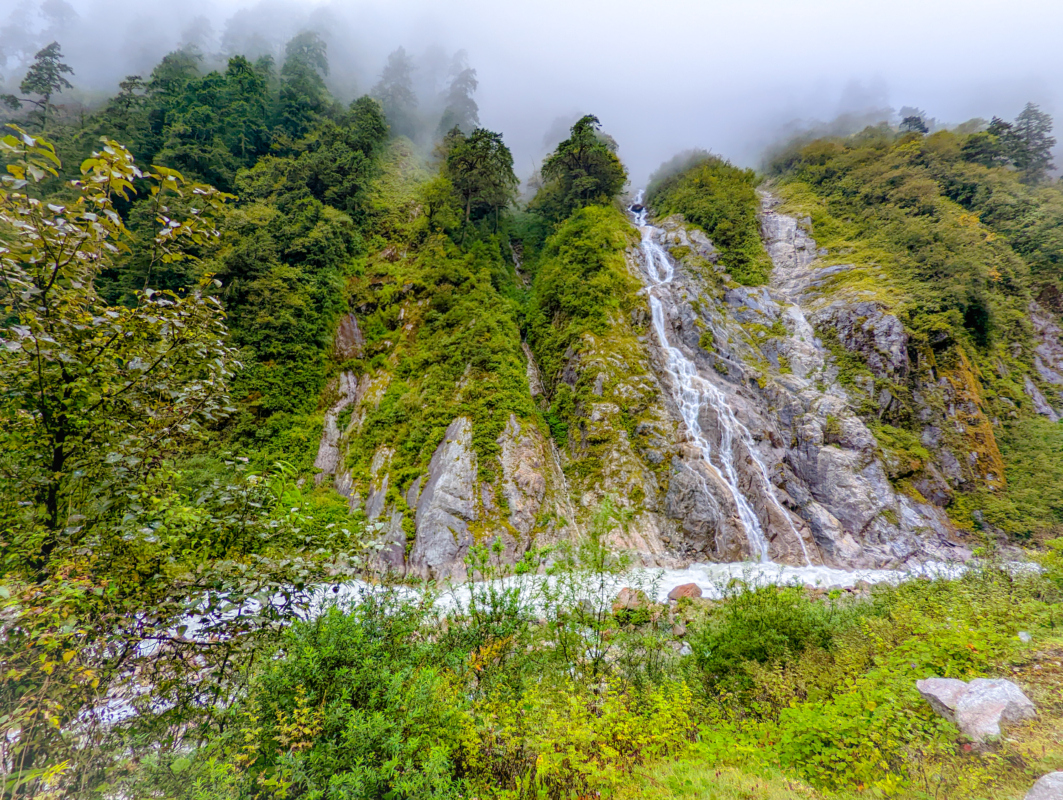
A unique blend of natural and cultural heritage, this UNESCO World Heritage High-Altitude Park in India is famed for its sacred landscapes and towering peaks, including Mount Khangchendzonga. The park’s diverse habitats range from dense forests to alpine meadows, hosting snow leopards, red pandas, and rare orchids. Trekkers are drawn to the challenging trails that offer awe-inspiring views of the Himalayas, while cultural tourists explore the region’s deep spiritual significance. Khangchendzonga is a holistic destination where breathtaking scenery meets rich folklore and adventure.
Entry Points and Last Motorable Points
- Entry Points:
The main entry points to Khangchendzonga National Park are:- Yuksom: The most popular entry point for treks like Goecha La.
- Lachen: Starting point for treks toward the northern areas of the park, including Green Lake.
- Dzongu: Provides access to the northern and eastern parts of the park and is known for its scenic beauty and Lepcha Tribal Reserve.
- Last Motorable Points:
- Yuksom: The last point accessible by vehicle before starting the trek.
- Thangu (near Lachen): The last motorable point before heading toward the higher trekking regions.
- Sakyong (in Dzongu): The last motorable point before entering more remote areas and trekking routes.
Hiking and Trekking Trails
Goecha La Trek:
- Duration: 8-10 days
- Difficulty: Moderate to Challenging
- Highlights: Stunning views of Mount Kanchenjunga, Samiti Lake, Dzongri Meadows, and panoramic views of the surrounding peaks including Mount Pandim and Mount Tenzing.
- Base Camp: Yuksom
Dzongri Trek:
- Duration: 5-7 days
- Difficulty: Moderate
- Highlights: Panoramic views of the Khangchendzonga range, including Mount Kanchenjunga, and scenic views of alpine forests. Key spots include Dzongri Meadows and the beautiful alpine landscapes.
- Base Camp: Yuksom
Green Lake Trek:
- Duration: 12-15 days
- Difficulty: Challenging
- Highlights: Remote, less-traveled trails with breathtaking views of high Himalayan peaks like Mount Kanchenjunga, Mount Pandim, and the surrounding glaciers. Notable spots include the pristine Green Lake and the diverse flora and fauna of the Kanchenjunga Biosphere Reserve.
- Base Camp: Lachen
Kishong Lake Trek:
- Duration: 8 days
- Difficulty: Difficult
- Highlights: Pristine high-altitude Kishong Lake, surrounded by towering snow-capped peaks including Mount Kanchenjunga and Mount Pandim. Notable spots include Tholung Monastery and the serene landscapes of the Kanchenjunga Biosphere Reserve.
- Base Camp: Dzongu
Safari Options with Price
Khangchendzonga National Park does not offer traditional jeep or elephant safaris. Exploration is primarily done through trekking. Permit costs and guide fees are the primary expenses:
- Entry Permit: ₹200 for Indian nationals, ₹500 for foreign nationals
- Guide Charges: ₹1,000 – ₹1,500 per day (mandatory for trekkers)
- Trekking Permits and Camping Fees: Additional charges may apply depending on the trail and duration.
Nearest Accommodation
- Yuksom:
- Lodges and Homestays: Basic guesthouses and homestays offering standard rooms and local meals.
- Popular Options: Limboo Homestay, Hotel Red Palace
- Lachen:
- Homestays and Guesthouses: Offering comfortable rooms with basic amenities.
- Popular Options: Apple Orchard Homestay, Lachen Residency
- Trekking Campsites: Campsites are available along the trekking routes, usually managed by local guides and porters.
The 7 UNESCO World Heritage National Parks in India are extraordinary showcases of global natural and cultural heritage. From Kaziranga’s rhino-rich grasslands to the sacred peaks of Khangchendzonga, these parks offer unparalleled biodiversity and unique ecosystems. Their designation underscores their importance in conservation and their role in preserving endangered species and natural landscapes. Visiting these parks not only reveals their profound beauty but also emphasizes our shared responsibility to protect and cherish these irreplaceable natural treasures.

